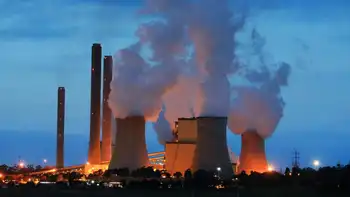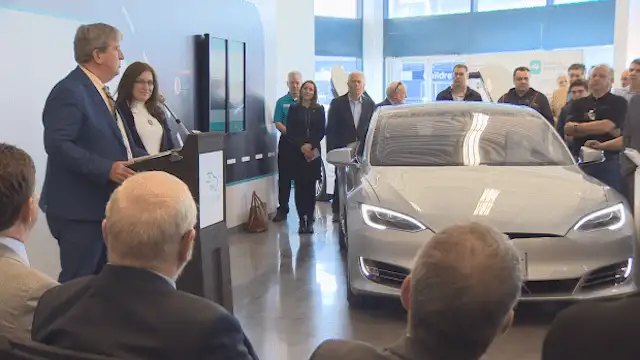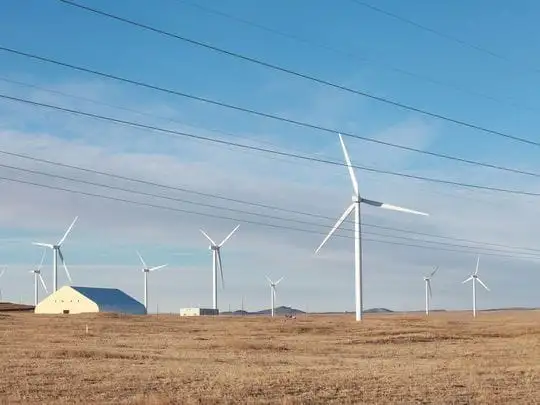UPS pre-orders 125 Tesla electric semi-trucks

Substation Relay Protection Training
Our customized live online or in‑person group training can be delivered to your staff at your location.

- Live Online
- 12 hours Instructor-led
- Group Training Available
UPS Tesla Electric Semi Order marks the largest pre-order of all-electric Class-8 big rigs, advancing sustainable freight logistics with lower total cost of ownership, expanded charging infrastructure support, and competitive range versus diesel trucks.
Key Points
UPS's purchase of 125 Tesla all-electric Class-8 semis to cut costs, emissions, and modernize long-haul freight.
✅ Largest public pre-order: 125 electric Class-8 trucks
✅ Aims lower total cost of ownership vs diesel
✅ Includes charging infrastructure consulting by Tesla
United Parcel Service Inc. said on Tuesday it is buying 125 Tesla Inc. all-electric semi-trucks, the largest order for the big rig so far, as the package delivery company expands its fleet of alternative-fuel vehicles, including options like the all-electric Transit cargo van now entering the market.
Tesla is trying to convince the trucking community it can build an affordable electric big rig with the range and cargo capacity to compete with relatively low-cost, time-tested diesel trucks. This is the largest public order of the big rig so far, Tesla said.
The Tesla trucks will cost around $200,000 each for a total order of about $25 million. UPS expects the semi-trucks, the big rigs that haul freight along America's highways, will have a lower total cost of ownership than conventional vehicles, which run about $120,000.
Tesla has received pre-orders from such major companies as Wal-Mart, fleet operator J.B. Hunt Transport Services Inc. and food service distributor Sysco Corp.
Prior to UPS, the largest single pre-order came from PepsiCo Inc, for 100 trucks.
UPS said it has provided Tesla with real-world routing information as part of its evaluation of the vehicle's expected performance.
"As with any introductory technology for our fleet, we want to make sure it's in a position to succeed," Scott Phillippi, UPS senior director for automotive maintenance and engineering for international operations, told Reuters.
Phillippi said the 125 trucks will allow UPS to conduct a proper test of their abilities. He said the company was still determining their routes, but the semis will "primarily be in the United States." Tesla will provide consultation and support on charging infrastructure, as electric truck fleets will need a lot of power to operate at scale.
"We have high expectations and are very optimistic that this will be a good product and it will have firm support from Tesla to make it work," Phillippi said.
The UPS alternative fuel fleet already includes trucks propelled by electricity, natural gas, propane and other non-traditional fuels, and interest in electric mail trucks underscores how delivery fleets are evolving.
About 260,000 semis, or heavy-duty Class-8 trucks, are produced in North America annually, according to FTR, an industry economics research firm.
Including the UPS order, Tesla has at least 410 pre-orders in hand, according to a Reuters tally.
Navistar International Corp. and Volkswagen AG hope to launch a smaller, electric medium-duty truck by late 2019, while rival Daimler AG has delivered the first of a smaller range of electric trucks to customers in New York, and Volvo Trucks planned a complete range of electric trucks in Europe by 2021.
Tesla unveiled its semi last month, following earlier plans to reveal the truck in October, and expects the truck to be in production by 2019.











